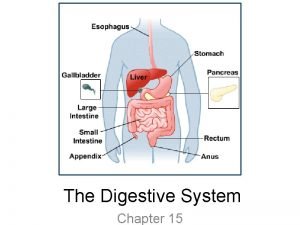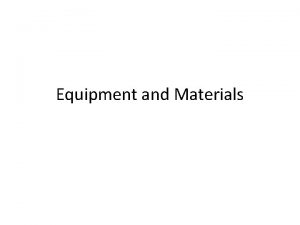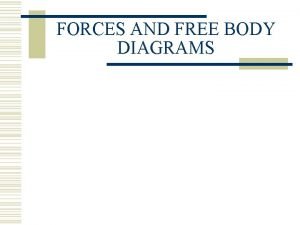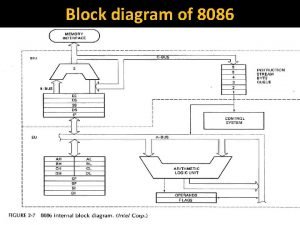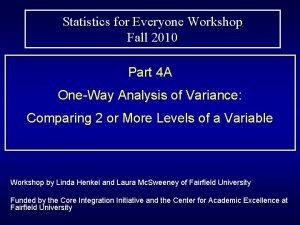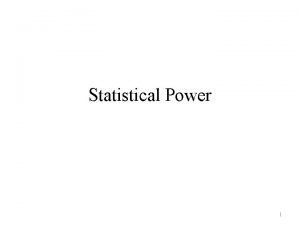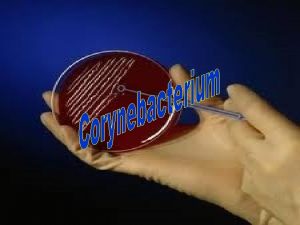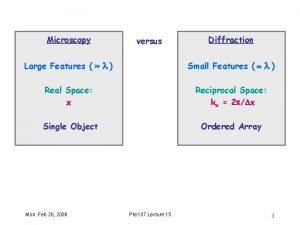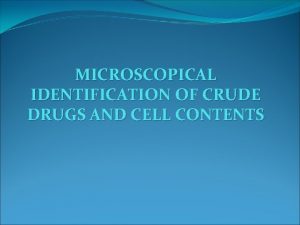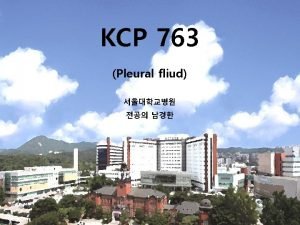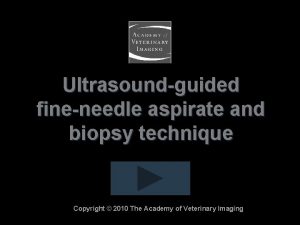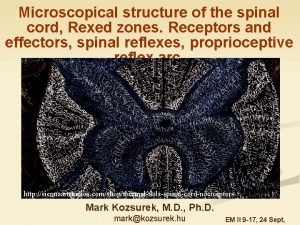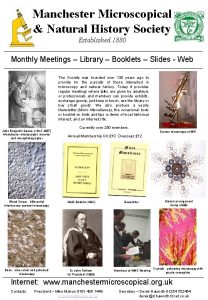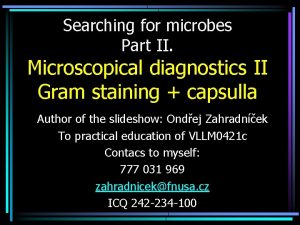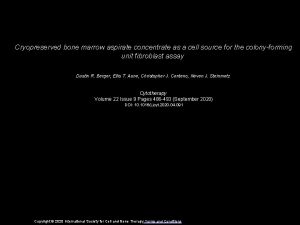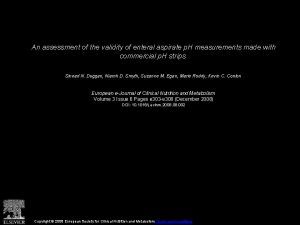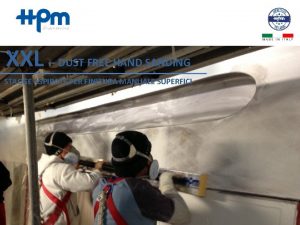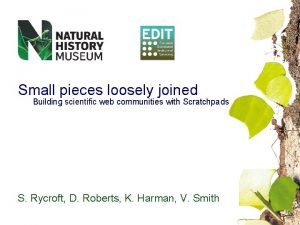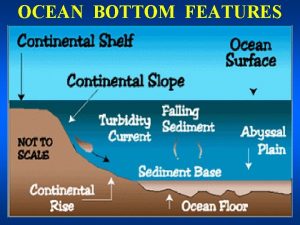Microscopical features Paucicellular aspirate Small and large loosely



















- Slides: 19












Microscopical features • Paucicellular aspirate • Small and large loosely cohesive cell groups of round to polygonal epithelioid cells • Focally, Papillary or acinar –like structures • Intermediate to large cells, with round to oval nuclei with frequent binucleation and multinucleation • Folded or wrinkled nuclear membrane • Abundant cytoplasm • Eccentrically placed nuclei (plasmacytoid) and granular chromatin with small nucleoli • Intracytoplasmic vacuoles and intranuclear pseudoinclusion • Connective tissue fragment • Lacks necrosis or mitotic figures • Foamy histiocytes and lymphocytes in background

Differential diagnosis Ø Well differentiated adenocarcinoma (Such as bronchioloalveolar carcinoma) Ø Sclerosing hemangioma Ø Mesothelioma, epithelioid type Ø Epithelioid hemangioendothelioma

Well differentiated adenocarcinoma • Peripheral, ill-defined nodule • Lymph node metastases • Non-mucinous BAC - Papillary formation - Small tissue fragments with undulated borders • Intranuclear cytoplasmic inclusion - commonly in BAC • Gray-white color • Uniform round nuclei with bland chromatin pattern and prominent nucleoli • Scant cytoplasm

Sclerosing hemangioma • Moderately cellular aspirate • Solitary and peripheral • Arranged singly, in sheet or papilla • Hyalinized stromal tissue fragments • Abundant eosinophilic cytoplasm • Intranuclear cytoplasmic inclusion • Mitotically inactive • Foamy, sometimes hemosiderinladen macrophages in the background

Sclerosing hemangioma • Marked female predilection • Well-circumscribed • Lymph node metastases: Rare • Dual cell population: Surface cells and round cells • Uniform round to oval nuclei, scanty cytoplasm • Hemorrhagic aspirate

Mesothelioma • 3 -dimentional papillary clusters • Central core of connective tissue • Eosinophilic cytoplasm and bland nuclei • Abundant faintly vacuolated cytoplasm – clear periphery and denser perinuclear area • Occupational disease (not all) • Old age (Largely, > 60 yrs) • Multiple small nodules with large pleural effusion • Increased cellularity • Mitotic activity

Epithelioid hemangioendothelioma • Usually, young women • Bilateral, multiple • Gray-white, non-encapsulated, discrete nodules • Lymph node meta: 10. 8% • Loosely cohesive sheets • Pseudopapillary or acinar structure • Round to polygonal epithelioid cells with abundant cytoplasm • Intracytoplasmic vacuolation and intranuclear pseudoinclusions • bi- or multinucleation • Small or inconspicuous nucleoli • Low mitotic activity • Excessive hyaline matrix

Epithelioid hemangioendothelioma
 Paucicellular
Paucicellular Tiny rascal gang
Tiny rascal gang Action-reaction and momentum conservation
Action-reaction and momentum conservation A large heavy truck and a small baby carriage
A large heavy truck and a small baby carriage Small medium and large effect sizes
Small medium and large effect sizes Main function of intestine
Main function of intestine Bandaging material elasticon
Bandaging material elasticon Simple non inferential passages
Simple non inferential passages Broad gently sloping volcano
Broad gently sloping volcano Steep sided volcano made of loosely packed tephra
Steep sided volcano made of loosely packed tephra Autocracy
Autocracy Free body diagram football in air
Free body diagram football in air Block diagram of loosely coupled configuration
Block diagram of loosely coupled configuration Delivering lines based loosely on the written
Delivering lines based loosely on the written Highly aligned loosely coupled
Highly aligned loosely coupled Loosely framed shot
Loosely framed shot Netflix culture seeking excellence
Netflix culture seeking excellence Line scale geography
Line scale geography Effect size f small, medium large
Effect size f small, medium large Cohens d effect size
Cohens d effect size





